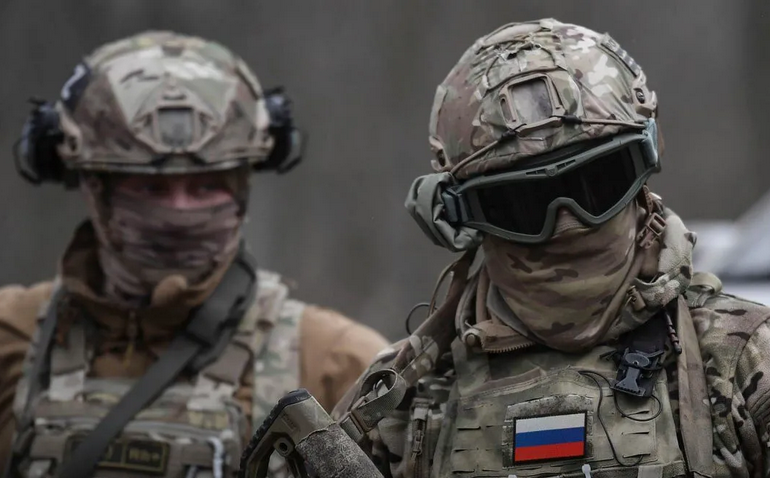NATO Secretary General Mark Rutte urged allies on Monday to massively increase defense spending and build more weapons, warning that Russian leader Vladimir Putin could launch an attack by 2030.
„Russia could be ready to use military force against NATO within 5 years. Let’s not fool ourselves, we are all on the eastern flank now,” Rutte said in a speech at Chatham House in London, referring to the range of Russian missiles, Politico reports.
"The truth is that we need a quantum leap in our collective defense. The truth is that we need more forces and capabilities to fully implement our defense plans. The truth is that the danger will not disappear even after the end of the war in Ukraine," he added.
Rutte - former Dutch Prime Minister now leading the transatlantic military alliance at a critical moment for global security - also met with British Prime Minister Keir Starmer on Monday, who is facing a tough battle to increase defense spending.
American troops will not be withdrawn
The NATO chief's speech comes ahead of the important NATO summit to be held in The Hague at the end of this month, which will mark the return of American President Donald Trump, a proponent of "America First" policy, to the stage of the North Atlantic alliance.
As NATO officials prepare for Trump's unpredictability during the summit, Rutte also sought to dispel fears that the US might militarily withdraw from Europe, as Washington views China as its main security threat.
"Will there be a sudden withdrawal of American troops? No," he told the audience, but added that Washington's focus on Asia is "logical." Rutte stressed that this shift will be addressed step by step without creating gaps in NATO's capacity in Europe.
Allies are expected to agree at the summit on a new spending target supported by Trump, of 5% of GDP - 3.5% for purely military spending and 1.5% for other defense-related expenses, to be defined. This represents a huge increase from the current 2% target.
Allies have managed to convince Spain
Countries on the southern flank, such as Italy and Spain, have reluctantly agreed to meet the current target only this year - more than a decade after it was first agreed at the Wales Summit - and will not oppose the new target. Convincing Madrid, however, was particularly difficult, as this southern European country does not consider Russia an immediate threat to its security.
Last week, NATO defense ministers approved new capacity objectives, meaning new requirements for the military equipment needed to implement the alliance's regional defense plans against a potential Russian attack.
Although details are classified, priorities include air and missile defense, large land force formations, long-range capabilities, and logistics.
NATO allies need "a 400% increase in air and missile defense. Our army also needs thousands of additional armored vehicles and tanks, millions of artillery shells, and we need to double our support capabilities such as logistics, supply, transportation, and medical assistance," Rutte said on Monday.
Governments are also set to acquire more warships, drones, long-range missiles, and aircraft, including at least 700 F-35 fighter jets made in the US, he added. "In terms of ammunition, Russia produces in three months what the entire NATO produces in a year," Rutte warned.

